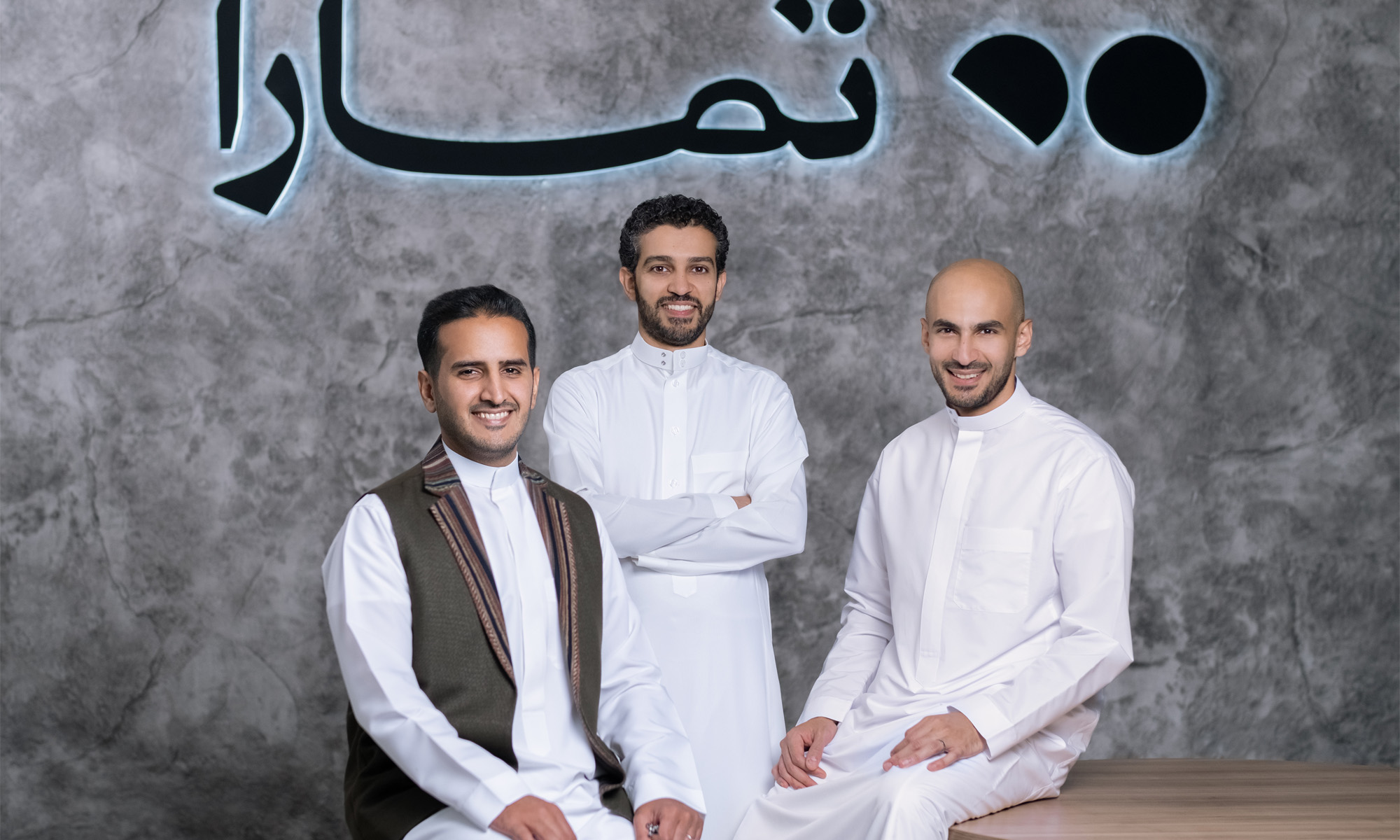News
Saudi Startup Tamara Secures $340 Million In Funding
The fintech “buy now, pay later” platform has achieved unicorn status after being valued at $1 billion.

Saudi Arabia’s “buy now, pay later” platform, Tamara, is now worth a staggering $1 billion after a recent equity funding round led by SNB Capital that raised $340 million.
Other investors included Shorooq Partners, Pinnacle Capital, and Impulse, who joined existing backers such as Checkout.com, Coatue, and Endeavor Catalyst.
Tamara plans to use the significant cash injection to build new shopping and payment products and services, and intends to become “the next big giant in shopping, payments, and banking,” according to the company’s co-founder and CEO, Abdulmajeed Alsukhan.
“Saudi Arabia and the GCC deserve their place on the world stage for financial technology. Just as Tamara was created by local entrepreneurs nurtured by a supportive local ecosystem and market regulator, we stand here today, humbled and hungry, ready for our own leapfrog moment. This achievement is a testament to the ecosystem, our incredible team, investors, and the collaborative spirit that makes this region a great place for talent to flourish,” the CEO said.
Also Read: Dubai Startup Creates Iron Man-Style Smart Contact Lens
The chief executive has also announced that Tamara is considering listing on the Saudi Arabian stock exchange and potentially in other markets in the near future. The company’s latest equity funding round comes after a debt-raising move earlier in November 2023 led by Goldman Sachs and Shorooq Partners.
With the global BNPL market projected to hit $565.8 billion in 2026, the future certainly looks bright for Tamara, with its user base of 10 million and 30,000 partner merchants spread across Saudi Arabia, the UAE, and Kuwait.
News
Mamo Completes $3.4M Funding Round To Enhance Fintech Services
The startup will use the influx of cash to expand into Saudi Arabia and across the wider GCC while improving its product offering.

UAE-based fintech Mamo has announced the completion of a $3.4 million funding round that will help the startup extend its market presence and improve its product offering. Investors included 4DX Ventures, the Dubai Future District Fund and Cyfr Capital.
Mamo’s platform offers “payment collection, corporate cards and expense management” to help small and medium-sized businesses consolidate and streamline their operations. With the latest influx of capital, Mamo will further develop its comprehensive suite of services and begin testing its product lines in Saudi Arabia, further extending its footprint across the GCC.
Imad Gharazeddine, co-founder and CEO of Mamo, stated: “We’ve been in the market for a while now and are incredibly proud of what our team has achieved. The holistic and expansive nature of our product offering has helped us continue to grow sustainably. This additional funding will allow us to reach our medium-term goals even faster. The support from new and existing investors is a testament to our strong expertise and the ability to deliver on our customer promise”.
Daniel Marlo, General Partner of lead investor 4DX Ventures, added: “We have immense trust in Imad’s vision, leadership and Mamo’s innovative approach to provide a user-friendly and comprehensive financial solution for SMEs that makes financial management more accessible and efficient. We are proud to partner with them and support their mission”.
Also Read: A Guide To Digital Payment Methods In The Middle East
Amer Fatayer, Managing Director of Dubai Future District Fund’s investment team, also commented: “Mamo’s localized product lines serve as an infrastructure for SME payments and spend management in UAE, a segment that is underserved by the country’s current banking infrastructure. The team has taken a product-first approach to consolidating SMEs’ financial journeys and building a fintech solution deeply embedded in a business’s core operations”.
To date, Mamo has raised around $13 million in investment funding and now boasts a team of 30 people. The company’s intuitive financial services platform has allowed over 1,000 businesses to consolidate their financial operations and significantly reduce payment fees.
-

 News4 weeks ago
News4 weeks agoAmazon Prime Day 2024: Get Ready For 6 Days Of Amazing Deals
-

 News4 weeks ago
News4 weeks agoSamsung Unpacked 2024: What To Expect From The July 10 Event
-

 News4 weeks ago
News4 weeks agoCoursera Report Shows Surge In UAE Interest In AI Upskilling
-

 News4 weeks ago
News4 weeks agoMeet Dubai’s Groundbreaking Smart Robot Delivery Assistant
















